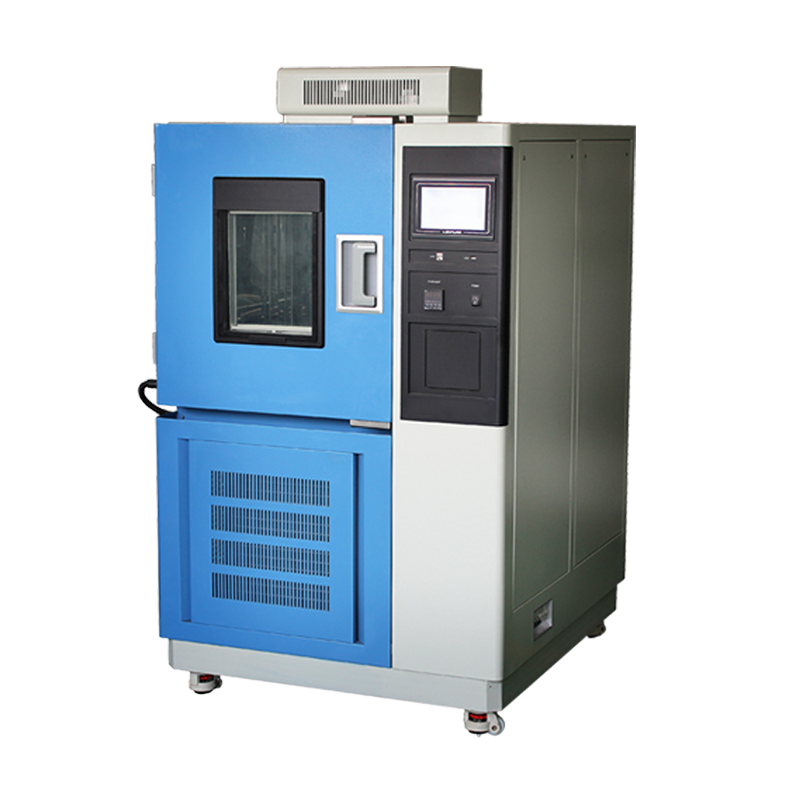Constant temperature and humidity test chambers are primarily used to test the performance of materials under various environmental conditions, as well as to evaluate their resistance to heat, cold, dryness, and moisture. They are suitable for quality testing of products in industries such as electronics, appliances, mobile phones, communications, instruments, vehicles, metals, chemicals, food, construction materials, healthcare, and aerospace. However, improper management of these chambers can affect their performance. Today, we will explain the key aspects of pipeline treatment, which can be divided into three main points and two major sections:

First Point: For the compressor unit of the constant temperature and humidity test chamber, the required suction and discharge pipelines should be prepared according to the necessary length. Any internal oxide scale must be thoroughly cleaned, and necessary pipeline supports should be prepared.
First, connect the suction and discharge system pipelines without forcing the connections, as this could cause deformation of the connecting parts or misalignment between the machine and the motor. Next, connect the inlet and outlet pipelines of the water-cooled oil cooler, ensuring that a water flow control valve is installed on the inlet pipeline. After system pressure testing and vacuum testing, the suction pipeline should be wrapped with insulation, and the suction and discharge pipelines should be painted with colors representing their pressure ranges. Finally, secure all pipelines to the supports or hangers.
The above content covers the first major point. The next two points will be explained in the following section, so stay tuned for further details.












